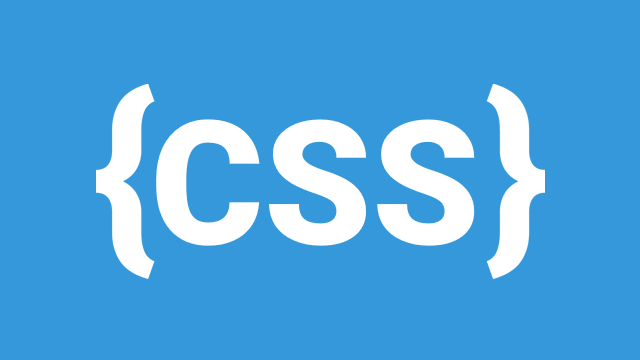
In today's world, websites need to look good on all screen sizes, from desktops to smartphones. This is where CSS Responsive Design comes into play. It ensures that your website adapts and looks great on different devices. In this blog, we will explore three key aspects of responsive design:
- Media Queries
- Mobile-First vs. Desktop-First Approach
- CSS Frameworks (Bootstrap & Tailwind CSS)
Let's dive in!
1. Media Queries
Media queries allow you to apply different styles depending on the screen size, resolution, or device type. They are a fundamental part of responsive design.
How Media Queries Work
Media queries follow this syntax:
@media (max-width: 768px) {
body {
background-color: lightblue;
}
}
In this example:
- If the screen width is 768 pixels or smaller, the background color of the page will change to light blue.
Common Breakpoints
Breakpoints are the screen widths where styles change. Here are some commonly used breakpoints:
- Extra Small Devices (Phones): max-width: 576px
- Small Devices (Tablets): max-width: 768px
- Medium Devices (Laptops): max-width: 992px
- Large Devices (Desktops): max-width: 1200px
Example Usage
@media (max-width: 576px) {
.container {
width: 100%;
}
}
@media (min-width: 768px) {
.container {
width: 75%;
}
}
This ensures that on small screens, the container takes full width, and on larger screens, it takes 75% width.
2. Mobile-First vs. Desktop-First Approach
There are two approaches to writing responsive CSS:
Mobile-First Approach
- Starts with designing for small screens first.
- Then, larger screen styles are added using
min-widthmedia queries. - This ensures a smooth scaling up from small devices to large ones.
Example:
.container {
width: 100%;
}
@media (min-width: 768px) {
.container {
width: 75%;
}
}
Desktop-First Approach
- Starts with designing for large screens first.
- Then, smaller screen styles are added using
max-widthmedia queries. - This is useful when the primary focus is desktops.
Example:
.container {
width: 75%;
}
@media (max-width: 768px) {
.container {
width: 100%;
}
}
Which One Should You Use?
- Mobile-First is recommended because more people use mobile devices to browse the web.
- It also helps in performance optimization by loading only necessary styles first.
3. CSS Frameworks (Bootstrap & Tailwind CSS)
Bootstrap
Bootstrap is one of the most popular CSS frameworks. It provides pre-built components and a responsive grid system.
Key Features:
- Grid system (Flexbox-based)
- Predefined breakpoints
- Ready-made UI components (buttons, modals, forms, etc.)
Example:
<div class="container">
<div class="row">
<div class="col-md-6 col-sm-12">Left Column</div>
<div class="col-md-6 col-sm-12">Right Column</div>
</div>
</div>
This will create two columns:
- On large screens, each takes half (50%) of the width.
- On small screens, each takes full (100%) width.
Tailwind CSS
Tailwind CSS is a utility-first framework that allows for rapid design with predefined classes.
Key Features:
- Utility-based classes (no need to write custom CSS)
- Highly customizable
- Mobile-first by default
Example:
<div class="flex flex-col md:flex-row"> <div class="w-full md:w-1/2 bg-blue-500">Left Column</div> <div class="w-full md:w-1/2 bg-green-500">Right Column</div> </div>
- On small screens, it stacks columns vertically.
- On medium screens and above, columns are placed side by side.
Which One Should You Use?
- Bootstrap: If you want a fast, ready-made design with prebuilt components.
- Tailwind CSS: If you prefer more control and a highly customizable approach.
Conclusion
CSS Responsive Design is essential for modern web development. Here’s a quick recap:
- Use media queries to apply styles based on screen size.
- Follow the mobile-first approach to ensure better performance and scalability.
- Use frameworks like Bootstrap or Tailwind CSS to speed up development.
By implementing these techniques, your website will be responsive, user-friendly, and optimized for all devices. 🚀
Leave a Comment